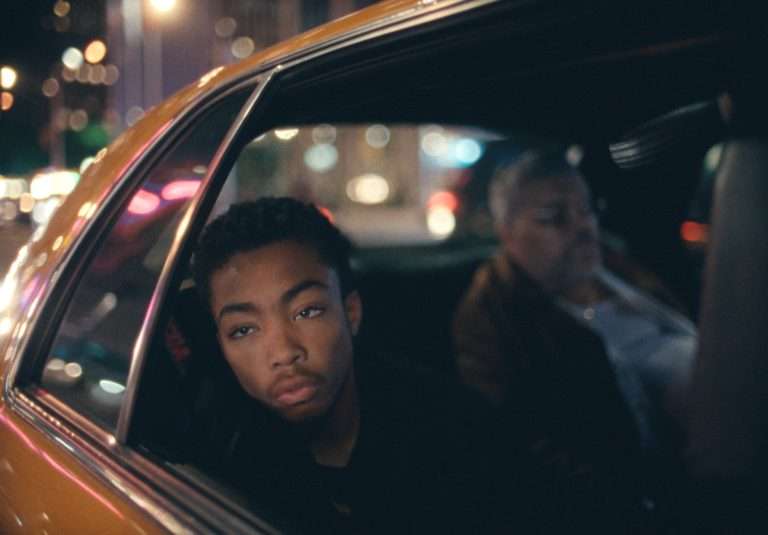Small, personal rebellions might not go down in the history books, but they set formidable precedents, enough to form cracks within the megastructures of systemic oppression. The moment someone challenges the colonial stripping of autonomy, which is intimately tied with identity — both personal and political — fierce, tender hope is born, forever precious. Josephine Stewart-Te Whiu’s “We Were Dangerous” tells such a crucial, spirited tale, dramatizing the horrific, misogynistic colonial attitudes towards women in 1950s New Zealand that reared its despicable hydra-heads with forced assimilation and the “domestication” of young girls — and how these systemic cruelties are challenged by three brave souls.
Despite tackling a subject matter that still weighs heavy, Stewart-Te Whiu’s debut feature embraces a sense of deliberate lightheartedness: an extremely tough balancing act that is impeccably sustained from start to finish. Maddie Dai’s script makes the intriguing decision to punctuate the story with narration by the Matron (Rima Te Wiata), who spearheads the tenets of “Christianize, civilize, and assimilate” in New Zealand’s School for Incorrigible and Delinquent Girls, which houses young girls who undergo “correction” as per state-sponsored moralities as if their very identities were maligned since birth.
After a student gets pregnant and some girls attempt to escape the school, the male governors of the institution advise the Matron to relocate the girls to a remote island (filmed in Ōtamahua Island) that used to be a leper colony to contain the root of the rot that thwarts their reform mission. Among the girls who are coerced into indoctrination are Nellie (Erana James), Lou (Nathalie Morris), and Daisy (Manaia Hall), who quickly become a close-knit group bound together by quiet rebellion and pure, endearing bonds of solidarity. By honing on the backgrounds of each character, Stewart-Te Whiu compels us to invest in them as individuals, where their personal histories and identities inform what they stand for as a collective.
The Matron unleashes her internalized misogyny and barely-concealed resentment towards the girls at every given moment: she slaps them without hesitation, chastises and slut-shames them for not adhering to her abstinence-centered teachings, and rages after she discovers they were dancing and frolicking in “rock and roll” style. There’s a heinous sense of self-righteousness in the way she carries herself while indulging in the delusion that she is serving a grand, holy purpose by thrusting the girls into her definition of salvation. This manifests in yet another abominable experiment: the forced sterilization of girls who are deemed “irredeemable,” as specified by William Chapple’s “The Fertility of the Unfit,” which is handed over by a male administrator to the Matron.
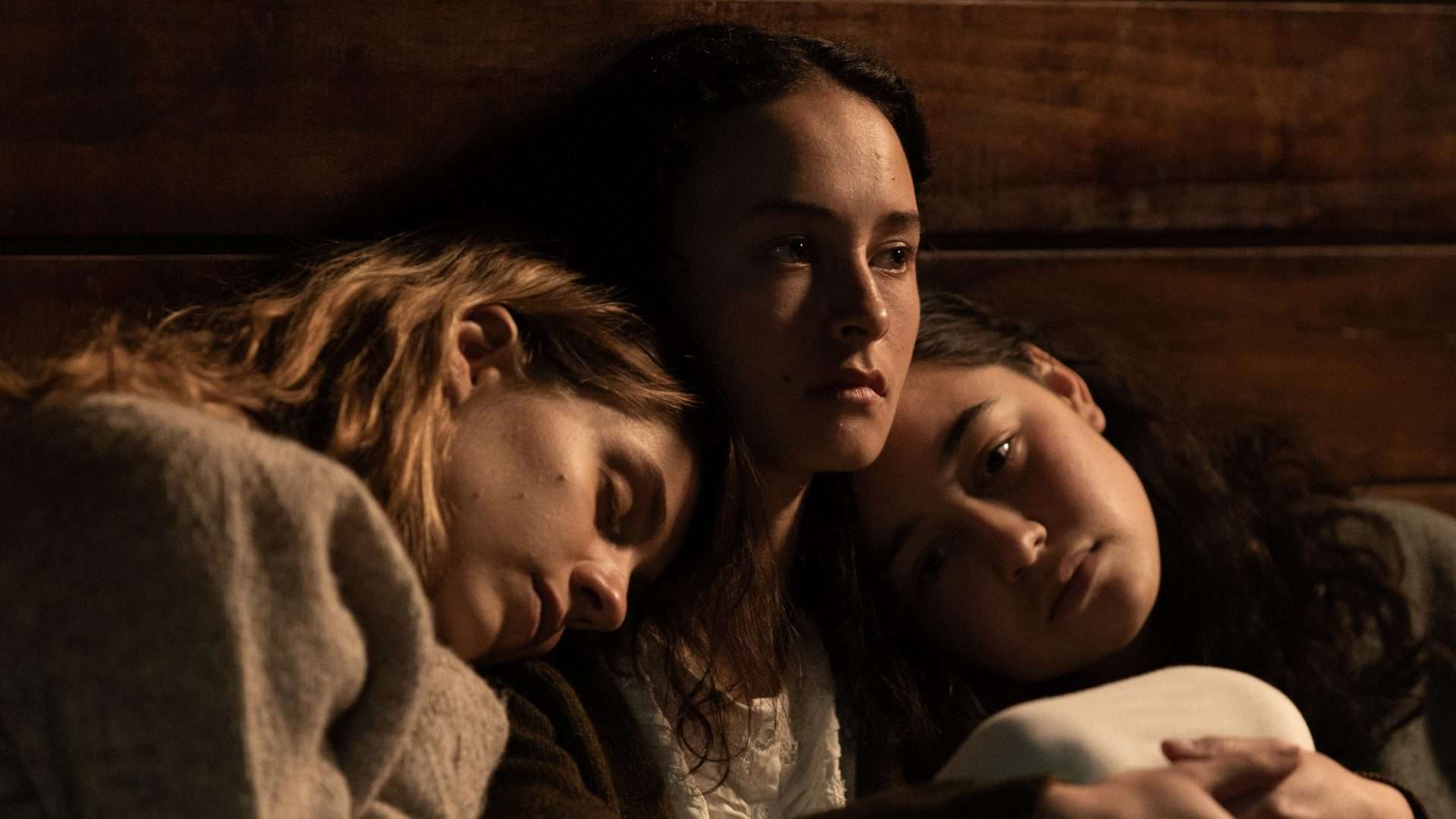
With the new experimental reform in full swing, Nellie, Lou, and Daisy are stunned into taking action, as if jolted into a new state of self-awareness that simmers beneath a hunger for personal sovereignty and freedom. As they bond over sweet conversations and subtle declarations of autonomy, their mere presence on the island feels brazen, branding them as a threat to the mission. While Nellie is an unadulterated force of nature when it comes to standing up to authority, Lou and Daisy take on more subtle yet crucial roles that underline the nuanced facets of a rebellion in the making, rife with disagreements and divides aimed to test the strength of their convictions.
These serious, somber moments are constantly peppered with deliberate humor, even against the backdrop of the screams from the med hut, but never do these lighter moments come off as forced or distasteful. If anything, they lend to gems, such as a conversation between a girl and the matron, where the former excitedly informs her about the phrase, “If life gives you lemons, make lemonade.” The matron responds with an unironic “Is that from the Bible?” and goes on to reprimand her for indulging in such frivolous notions.
The transition to the climactic resolution is genuinely thrilling in the sense that we desperately want the girls to succeed and reclaim what has been theirs in the first place. As the screams get more painful to stomach, and more girls are inexplicably missing from the island (or are traumatized beyond recognition), the need for swift, uncompromising change burns in our hearts, flaring the edges of the frame like a fire that cannot be doused. With the film’s resilient core intact in spite of its frantic tonal shifts, a powerful, bittersweet journey toward liberation is mapped without half-measures or compromise, where “We Were Dangerous” trailblazes its way into unencumbered empowerment.




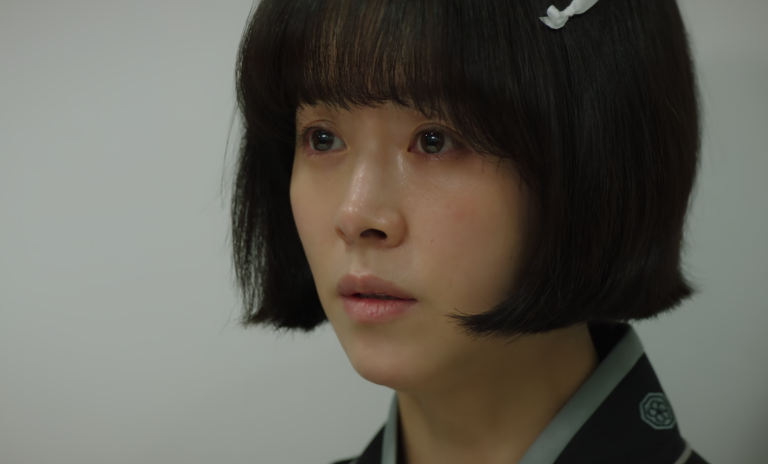
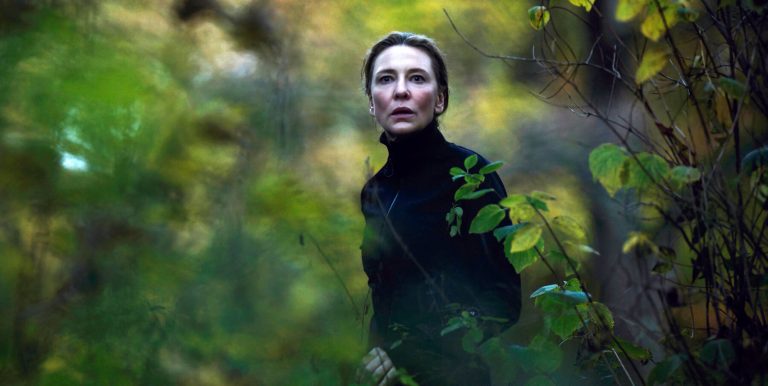
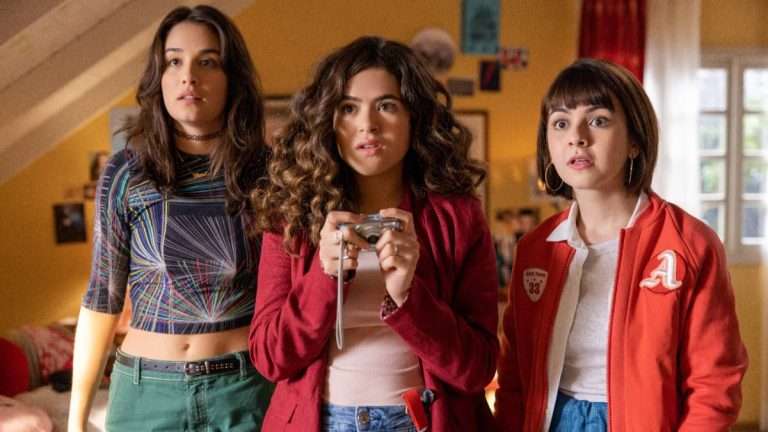
![Gully Boy [2019] Review: A coming-of-age tale that just skims the surface](https://79468c92.delivery.rocketcdn.me/wp-content/uploads/2019/02/GULLY_BOY_HOF4-768x327.jpg)
